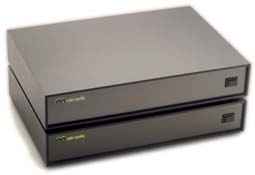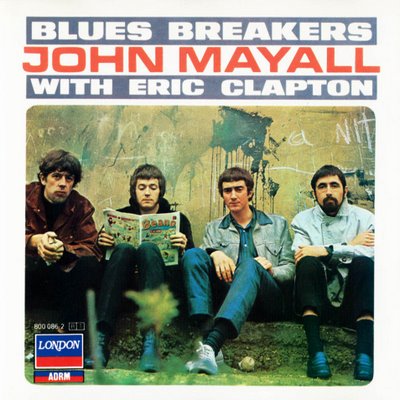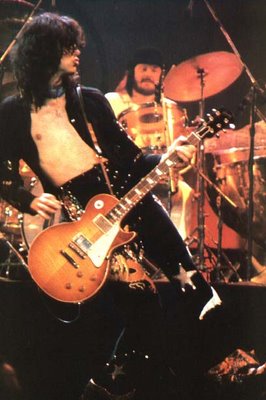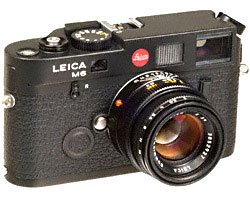With
peer encouragement and family support, I'm back on the blogsphere, packed with so much enthusiasm to blog on... Thank you from the bottom of my heart to all of you who've commented positively, you've all really made my effort to get online more meaningful now.
Tonight, the object of desire to be discussed is a camera. Not just any camera it is. A historical insight, a photojournalist's jack of all trades, a black and white persona, an available light wonder, a silent performer, ....and most of all a
Leica rangefinder: The
Leica M6. And yes, it's a film camera (for now).
Why the heck so much fuss on a camera you may ask? After all it's a friggin' little tool to snap photos. Furthermore, with the influx of digital camera technology in today's modern world, most of us already dread the traditional film cameras in a hope to move on to better and more advanced way of producing images. Why bother to stick to old technology? Furthermore digital is more simple to handle, no need post processing labs to handle the silver halide papers... So why? Why bother? Hmmmm....
I am for one who fell into this hype of trend-following induced by the digital cameras. It did not last too long, :-) fortunately or unfortunately?
For me, I always have the affection for fine and well made merchandise, mostly hobby toys. If I were to buy a toy it would have to be of the highest standards or best available brand. It may sound snobbish, I don't feel that way. I find I reward myself with these expensive indulgences. Wanton I may be, but it's an escapade for me from the busy and hectic schedule I run every working day. It's worth the while, trust me.
Ok, back to work: The Leica is foremost not your typical SLR camera. For one, it doesn't have a reflex mirror which
greatly reduces vibration when triggering at slower shutter speeds. I find this very true after meddling and experimenting with the Canon range of digital SLRs. In short, nothing beats the Leica to the speeds of 1/15sec. I am almost 98% sure of obtaining a sharp photo compared to only 30% using an SLR camera. This is especially useful for low light situations. I can hold my breath and take a flashless photo with the 35mm Summicron lens and be pleased with the result, most of the time.
Silent operation: How many of you have scared away the subjects of your photography with an SLR camera? In the public, street photography? I for one once attracted too much attention when shooting with an SLR camera in an art gallery. Not that I intimidated the art works, the people in my surrounding were greatly angered for the decibels I produced each time the trigger was engaged. It attracted so much attention I caused them to lose concentration. I was so embarassed, I excused myself to the exit of the gallery with only faint hopes of returning with great art photos... Now what does that tell you? Do you want gears in the form of
'Guns of Navarone' or tools which actualy work in the environment you are in? Think again.
Leica lens optics: What more can I say? Legendary status need not be explained... Great mechanical and optical performance since 1954 means most M-bayonet mount and screw lenses can still be used with modern Leica M bodies such as the M6 or M7. Adaptors can be easily found to facilitate screw lenses mounting. The images these lenses produce are sharp and contrasty with neutral color rendition. I find them especially inviting for
noir et blanc photos where the emphasis on shadow tone is of utmost importance. Same goes for film and color slide transparencies (E6). They never fail to amaze!
Most of all I love the '
bokeh' or out of focus quality of these lenses which most Japanese lenses still, till today cannot compete with. Reasons? Due to Leica's traditional know-how on optics preparation and stringent QC all the way in the manufacturing chain. Nothing is compromised, nothing.
 OK here goes... A transformer, a pair of capacitors, 2 sets of power transistors, a heat sink with internal fan and voila! There you have it: the eternal classic NAP 135 monoblocks presented to you in all transparency, for your scrutiny and for your better understanding on the Naim engineering principles; simple yet effective... it works for me, urr... when I get it that is... Cheers.
OK here goes... A transformer, a pair of capacitors, 2 sets of power transistors, a heat sink with internal fan and voila! There you have it: the eternal classic NAP 135 monoblocks presented to you in all transparency, for your scrutiny and for your better understanding on the Naim engineering principles; simple yet effective... it works for me, urr... when I get it that is... Cheers. 











